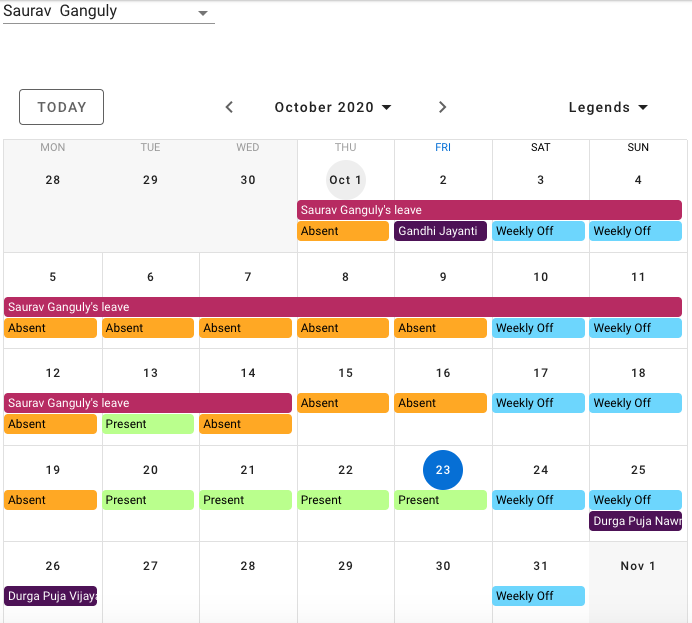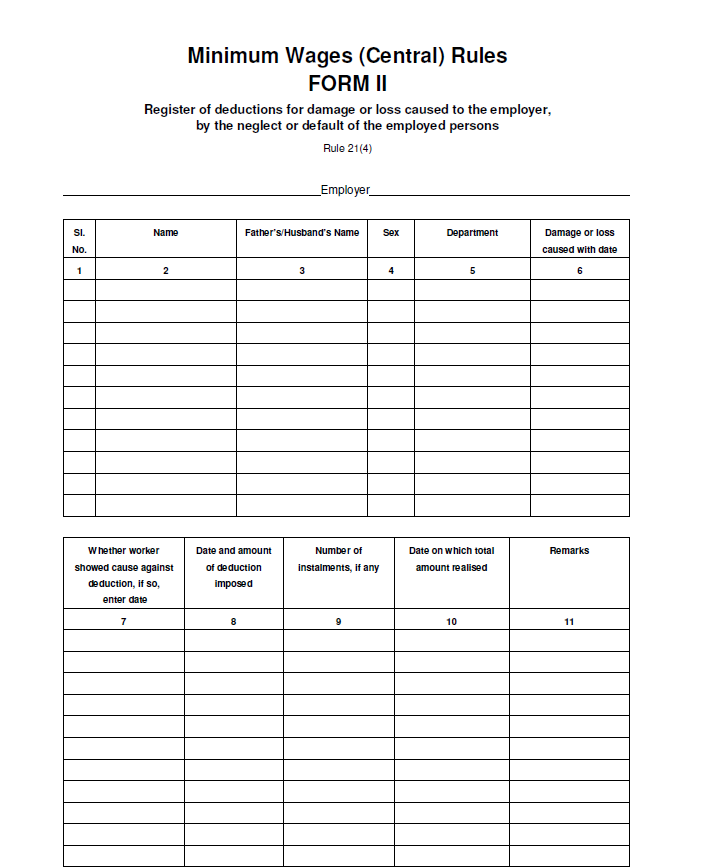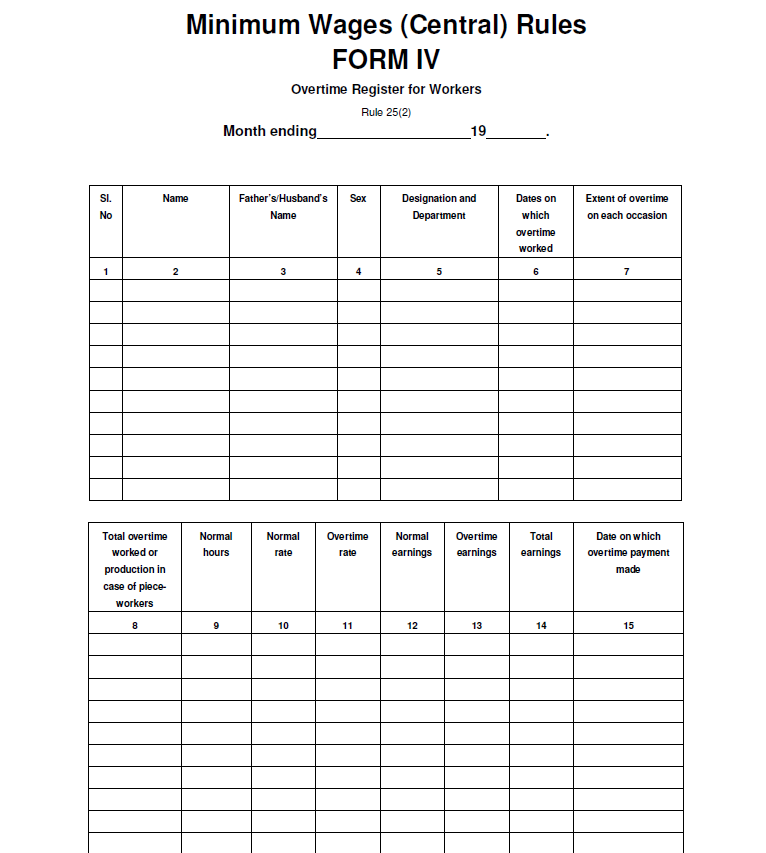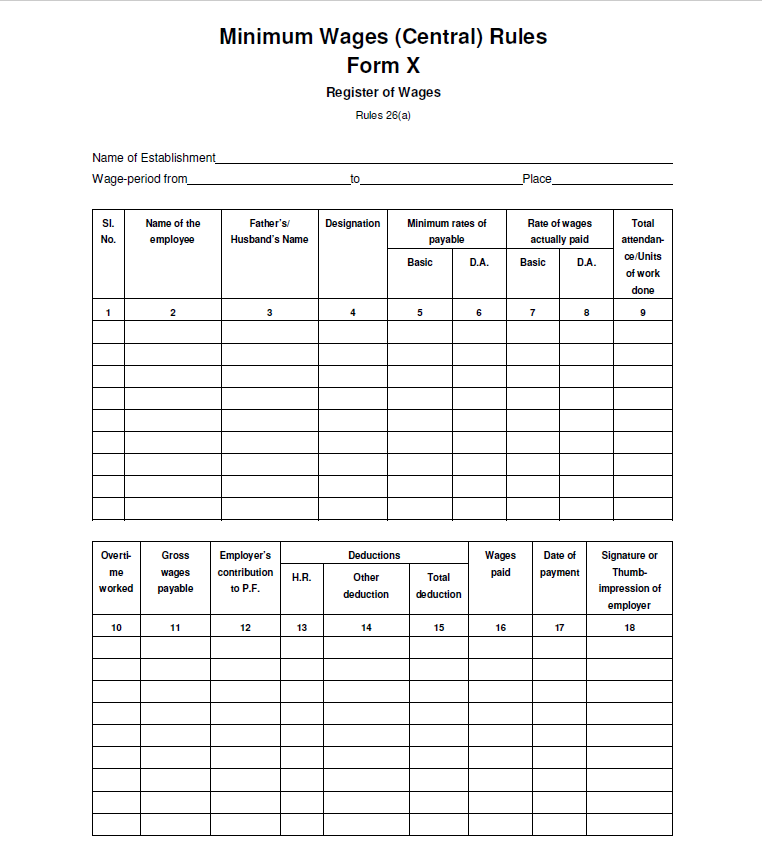HR reports and analytics improve organizational decision-making abilities. Regularizing and improving reporting practices can also help track key metrics of employees. HR activities such as recruitment, onboarding, compensation can make or break an organization. Thus, HR reports are essential for evaluating work processes and consequent effects. Today, we’ll look at everything there is to know about HR reports to facilitate better businesses.
In this blog:
What is human resource reporting?
Human resource reporting or HR reporting consists of detailed information regarding each employee. This information includes personal details as well as work performance data. Hence, reports allow companies to understand and manage general employee performance. Provided that HR is responsible for training, operations, filling the talent bridge, onboarding, etc. it’s reports are pivotal to organizational functioning.
Which are the 6 standard HR reports?
In typical settings, HR reporting systems can generate multiple reports. Additionally, each company has different reporting needs so the analytics obtained are flexible. Examples of reports in human resources include attendance reports, payment reports, calendar management reports, and more.
Let’s take a deep dive into some common HR report examples:
1. Recruiting Report
These are certainly one of the most important reports that exist. Measuring hiring metrics allows HR to stay informed on key happenings.
There are 3 major kinds of recruiting reports:
- Hiring time: COVID-19 has left many positions open across organizations. A report that can measure the best time to hire talent provides relevant can help build strong talent management divisions.
- Hiring Cost: These reports analyze the cost of each employee hired. While a lot of companies are making use of HR chatbots to reduce recruiting costs, some other factors to consider are advertisement costs, social media, insurances, etc.
- Retention Reports: Turnover analysis helps to understand how much is being spent on resignation, rehiring, and re-training. Furthermore, retention reports enable HR heads to understand what can be done to increase retention rates in specific departments.
2. Attendance Report
This report provides metrics to understand manage employee attendance. A good attendance report gives a variety of reports across different measurements. If you need help to create an attendance policy for your business, you may check this out this comprehensive attendance policy guide. These are some of the most common ones:
-
-
- Daily Reports: Provides attendance details based on specific dates. Moreover, it gives insights into the number of people taking leaves at particular times. Daily attendance reports should include the following:
-
-
- Total users
- Present
- On Duty
- Absentees
- Paid Leaves
- Unpaid Leaves
- Holidays
- Weekend
- In
- Out
- Yet to check-in
-
-
- Daily Reports: Provides attendance details based on specific dates. Moreover, it gives insights into the number of people taking leaves at particular times. Daily attendance reports should include the following:
-
-
-
-
- Monthly Attendance Reports: These attendance reports display details of employees for an entire month. They can include all details from daily reports and these:
- Employee Name
- Employee ID
- Casual Leaves
- Sick Leaves
- Earner Leaves
- Maternity Leaves
- Paternity Leaves
- Sabbatical Leaves
- Monthly Attendance Reports: These attendance reports display details of employees for an entire month. They can include all details from daily reports and these:
-
-
-
-
-
- Working Hours Report: This one gives details on clocking-in and clocking-out times. As a result, you can find out the number of hours worked as well as overtime details. The particulars included are:
- Employee ID
- Employee Name
- Check-in
- Check-out
- Early/Late Entry
- Early/Late Exit
- Check-in/out location
- Total Hours
- Payable Hours
- Status
- Shifts and Shift Allowance
- Time Zone
- Working Hours Report: This one gives details on clocking-in and clocking-out times. As a result, you can find out the number of hours worked as well as overtime details. The particulars included are:
-
-
-
-
-
- Attendance Summary Reports: This report is insightful to understand the following information:
- Payable days
- Expected payable days
- Paid off days
- Expected working days
- Unpaid off days
- Attendance Summary Reports: This report is insightful to understand the following information:
-
-
3. Leave Reports
Leave reports are important as they provide details on employee absences. In addition, they are used to obtain data about employees that are ‘on leave.’ If you need help to create a leave policy for your business, you may check this out this comprehensive leave policy guide. A leave report generates the list of employees placed on extended leave. Some of the details included are:
-
-
- Type of leave (paid/unpaid/medical)
- Duration of absence
- Return period
-
Furthermore, leave reports can also provide information on the number of remaining paid leaves, working hours missed during leave, etc.
Asanify Leave Reports give you detailed insights on several metrics. Here are some of Asanify’s leave report types:
-
-
-
Day-wise Employee Leave Report
-
-
The day-wise employee leave report gives you a full view of employee leaves per day. This acts as a comprehensive leave summary for each worker.

-
-
-
Leave Requests Report
-
-
The Leave Request Report provides insights into the leave requests received from employees. It has the following information:
-
-
- Days
- Start date
- End date
- Request status
- Actioned date
- Actioned by (concerned person)
- Action Notes
-
-
-
-
Leave Balance Report
-
-
Asanify leave balance report provides information on the types of leaves taken and overall leave balance for every employee. This report again displays comprehensive details such as casual leaves, total paid holidays, unpaid leaves, etc.
-
-
-
Leave Summary HR reports
-
-
This one is useful to understand an overview of employee leaves per month as well as for a particular year. In addition, it has data relating to:
-
-
- Opening leave balance
- Accrued leaves
- Availed leaves
- Closing balance
- Encashed leaves
- Lapsed leaves
-
Eg. It is incredibly easy to generate your HR reports with Asanify report management. Don’t wait any longer, sign up for free today!
4. Employee History reports
Employee history reports are important as they provide the most accurate and updated personal information on employees. These reports summarize employee profile changes over a period of time. Examples of such details include marital status and residential information.
5. Performance Management Reports
These reports involve measuring, reporting, and managing or employee progress. Furthermore, performance management metrics include performance appraisals and KPIs. Performance management reports are vital as they can improve the execution of strategies and output delivery. All employees are measured within this report to improve overall organizational success.
6. Compensation Reports
The analysis of this report helps organizations to design and implement the following processes:
-
-
- Compensation tools
- Appraisal system
- Salary reviews and negotiations
- Allocation of allowances
- Overtime and flexible work policies
- Relocation and retention
- Outsourcing policies
-
Most compensation reports also include the generation of benefits reports. The latter provides additional information on benefits such as insurance, pension plans, special occasions, etc. These benefits are based on employee ranks, policy, and organizational budgets.
6 important compliance reports for small businesses in India
1. Minimum Wages FORM I Rule 21 (4)
The Minimum Wages FORM 1 Rules 21 (4) is the regulation for Register of Fines. It is to be filled for any employee offense that is fined by the employer.
2. Minimum Wages FORM II Rule 21 (4)
The Minimum Wages FORM II Rules 21 (4) is the Register of Deductions or Damage form. It is to be filled for any employee that has incurred wage deductions on the cause of damage to the employer.

3. Minimum Wages FORM IV Rule 25 (2)
The Minimum Wages FORM IV Rules 25 (2) is the Overtime Register for Workers. In addition, it includes details such as the extent of overtime, normal wage rate, overtime rates, earnings, etc.

4. Minimum Wages FORM X Rule 26 (a)
The Minimum Wages FORM X is the Register of Wages. Moreover, it has various sections relating to minimum rates payable, actual wages paid, total attendance, overtime, etc.

5. Minimum Wages FORM XI Rule 26 (2)
The Minimum Wages FORM XI is a Wage Slip form. It has to be filled and provided to every employee by the employer. Furthermore, this must be done before any payment is given. The Minimum Wages FORM XI consists of personal details as well as information corresponding to work hours and wages.

6. Minimum Wages FORM IX-A Rule 22
The Minimum Wages FORM IX-A is the Abstract of the Minimum Wages Act, 1948, and the rules made under it. Therefore, it is important to go through the document and be aware of the government requirements.
Additionally if you are in Tamil Nadu, you may want to check out Form S.
What should HR reports include?
Every organization seeks to measure and obtain different metrics and results. However, some standard metrics should always be measured to provide Let’s look at some of them.
- Average age of employees
Knowing the average age of employees helps to understand hiring requirements. Moreover, it helps to understand how many of your employees are getting ready to retire. Also, it helps determine what benefits will be meaningful to your employees.
- Sex
Gender is another important factor metric in an HR report. It gives insights into whether any kind of bias is being followed between different genders. Furthermore, it helps to determine whether there is a need for diversity in the workforce.
-
- Employee seniority
Positions of seniority affect employee motivation and productivity. This metric provides insights into the number of senior employees in an organization and how to maintain engagement across job roles.
-
- Costs incurred on training
It is important to understand how much you are investing in onboarding and training. For example, sales onboarding and sales training can often add up to a lot more than you may think.
-
- Recruitment costs
This is another cost metric that is integral to managing organizational budgets. Recruitment costs include money spent on new hires, marketing, and incentives.
-
- Employee turnover rate
An HR report can provide insights on turnover rates. This helps to identify ways to improve employee retention. Employee turnover rates can also help to understand the cost of employee losses.
-
- Compensation
Another key metric, compensation primarily helps determine the average amount spent on salaried employees. In addition, businesses can understand how competitive they are in the marketplace.
-
- Amount of Leaves
Ensure that your HR report has a monthly leave report. Days of missed work can directly affect business revenue due to loss of productivity.
What are the functions of HR reports?
I am sure it’s clear by now how essential reporting in HR is. Now let’s see the 3 main functions of HR reporting.
-
-
Monitoring HR activities
-
Reporting allows HR heads to track key metrics. Moreover, any change in trends or business opportunities can be spotted early while problems can be addressed before they become big.
-
-
Information Management
-
An HR report keeps leaders updated with departmental information. This provides scope for managers to focus on issues that are specific to each department and thus provide suitable solutions.
-
-
Tracking key problem areas
-
No organization wants its employer reputation on the line. HR reporting enables regular tracking of key problem areas across business divisions. As a result, it increases accountability and transparency. Hence, HR can use this to further improvements.
Why should you automate HR report management?
The HR department handles tons of information every day. This information includes employee records, salary slips, grievances, to name a few. Moreover, all of this data is used to produce a comprehensive HR report. We have already seen how these reports can indicate changes in performance and business planning.
In such a scenario, it is imperative for an HR report to display accuracy. Furthermore, creating data-driven reports can be difficult and time-consuming. Although you may think it is very common to write reports by hand, specialized cloud HR software can make your life much easier.
Cloud HRMS and HRIS can manage your documents seamlessly making reporting an effective process. With cloud HRMS, you can view everything in one place on your HR dashboard. Additionally, this dashboard highlights important metrics through tables and graphs. This makes it easy to visualize your data. Automated HR reporting can also provide more clear and concise data metrics in a few seconds.

Summary
I hope that you have now understood why HR reporting should not be taken lightly. We went over what is defined as reporting in human resources. Furthermore, we took a look at the different kinds of HR reports and the important ones for a business based in India. Next, we understood the various elements that must be included in an HR report. Additionally, we noted the 3 main functions of HR reports and to conclude, the need for HR report automation.
FAQs
An HR report is used to display employee-related insights and metrics to analyze and improve performance and business outcomes.
There are several types of HR reports. These include:
1. Recruiting Reports
2. Attendance Reports
3. Leave Reports
4. Employee Performance Reports
5. Compensation Reports
6. Payroll Reports
7. EEO Reports
8. Turnover Reports
Some of the most important HR regulations in India are: Wage slip, register of wages, and overtime register of workers.
Not to be considered as tax, legal, financial or HR advice. Regulations change over time so please consult a lawyer, accountant or Labour Law expert for specific guidance.
![You are currently viewing Top HR Reports you need so badly [#10 is surprising]](https://media.asanify.com/wp-content/uploads/2020/11/27233350/744EA7A4-C671-46E1-8C28-133D2171243F.png)




